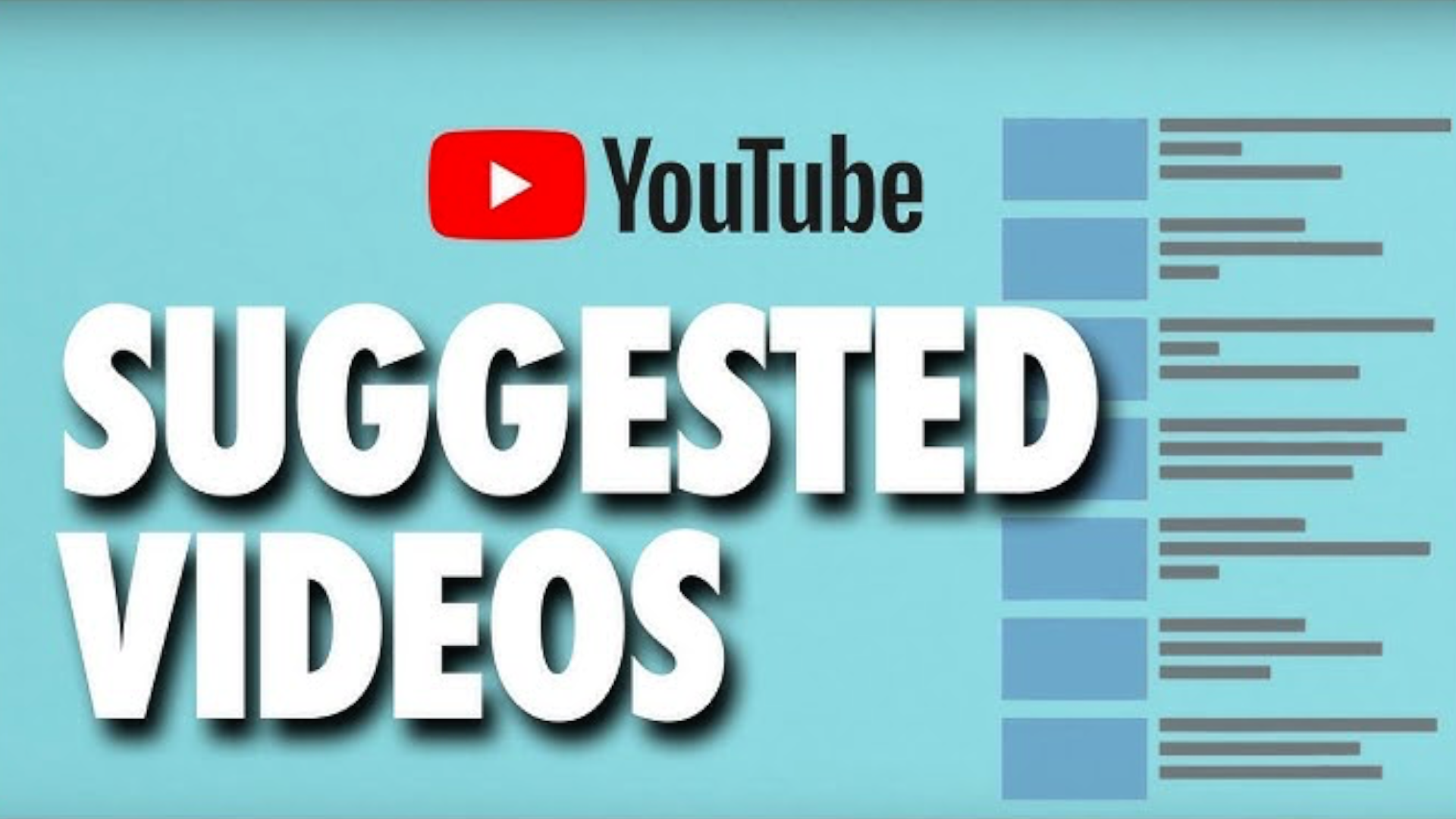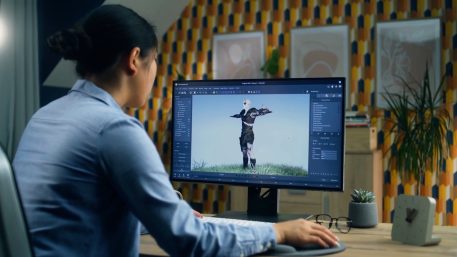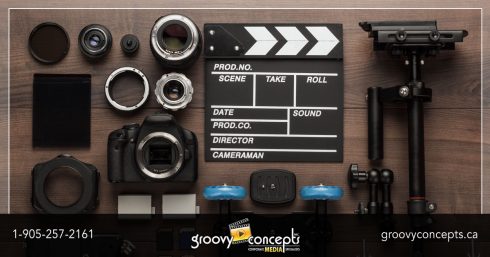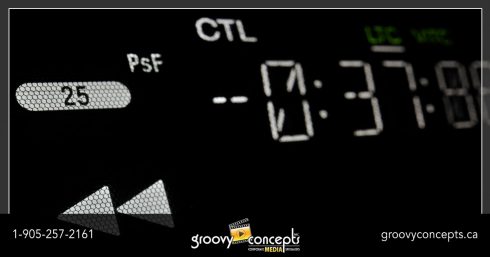Get Your Videos Listed on YouTube’s Suggested Videos Column
How to Get Attention to Your Videos with Custom Thumbnails
Optimizing Your Videos for SEO
7 Tips for writing Corporate Videos Scripts
5 Tips For a Great On-Camera Interview
Enhancing Presentation Impact: Converting PowerPoint to Animated Video
3D Animation Production Stages
The Importance of Interview Videos
3 Tips For Choosing an Animation Company
Virtual Video Production: The Future of Video Production?
The Importance of Animation in Corporate Video
All About Video Production – #1
All About Video Production – #2
Video Production Tips and Tricks – #1
Video Production Tips and Tricks – #2
Green Screen Production Techniques
How to Light a Scene for Interviews
Video Editing Software Ain’t Cheap
After We Shoot … We KEEP Editing
What Are Camera Gimbals and How Do They Work?
What’s the Deal With Green Screens?
Should You Use Tungsten or LED Lights to Shoot Videos?
Should You Use a Camcorder or DSLR to Shoot Videos?
Adventures in Video Production, Equipment Safety
Adventures in Video Production
Video Translation – Reach Your International Audiences
Keeping your Cool in Hot Weather or Cold Weather
How Important is Luck and Timing to a Business or Career?
Captains Blog: “Driving in Toronto is Easy”
Captain’s Blog: Natural Light From Windows Can Be a Blessing and a Curse
What I Learned After Filming 20 Interviews in Two Days
T-Minus Two Minutes and Counting
Make Your Thumbnail Image Stand Out with Colour
Why are your Video Production Thumbnails Important?
Video Production Oakville – About Face
Video Metrics Benefit Influencers
Fine Tune Your Video Marketing Strategy
Successful Video Marketing in Oakville
The Continued Growth of Mobile Video
Strategic Insights for your Oakville Campaign
Video Production Strategy in Oakville
Live Video Streaming in Oakville
Long Term B2B Value With YouTube
Video Production – Talking Heads
Top 5 Reasons to Incorporate Video into Your Marketing Plan
Professional vs User Generated Content
Professional vs DIY Web Design
When it comes to your business – hire a professional
Online video is the business card of the 21st century
Video to drive foot traffic to your trade show booth
Superbowl Commercial Fun Facts
Why hire a Video Professional?
4 Reasons to Have an Online Video Profile
Top 5 Benefits of Online Video Marketing
A Formula for Success in Oakville
Blog














































































Video File Compression Codecs
Video Production Oakville – The Captain’s Blog
Video File Compression Codecs
Howdy everyone … it’s John Secondi here’s a continuation of our “Captain’s Blog” regarding Common Video File Formats from earlier this week.
When it comes to your video production, there are many different video compression codecs that are helpful to understand. Each of these compression codecs has a specific purpose with relation to the video file format used.
What is a video codec?
It is a contraction of ‘encoder’ and ‘decoder’. Video encoders convert raw (uncompressed) digital video data into a compressed form used for storage or transmission. Video decoders extract the same video files to convert them into viewable and uncompressed files.
While there are actually dozens of different codecs you can use, here are the most popular “codecs”: FFMpeg, DivX, XviD, and x264:
MPEG (Motion Picture Experts Group)
MPEG is the most common video format compressed using MPEG-1, MPEG-2 and MPEG4.
MPEG-1 is used in the production of VCD and is compressed using the MPEG-1 format or .DAT file format. Typical MPEG-1 compression takes a 120-minute film and compresses it to about 1.2 GB.
MPEG-2 is used in the production of DVD or VOB file formats used in HDTV and high demand video editing. Typical MPEG-1 compression takes a 120-minute film and compresses it to about 4GB – 8GB.
MPEG-4 is a newer compression algorithm that compresses a 120 minute film to about 300MB. This compression is used by many encoding formats, such as ASF, DivX, Xvid and MP4.
DivX
DivX video encoding technology works with certain types of MPEG-4 files and was often used in the pre-HD era. Most DivX videos use the AVI file extension.
XviD
XviD is open source and is a version of DivX which is popular for those duplicating or copying videos. In general, as long as you install the Xvid decoder, your machine will be able to play all DivX media files. Most use Xvid encoded files to avi extension.
x264 (H.264)
This codec is a block codec that looks for differences in blocks of video as it encodes and plays back. It is commonly used for “online streaming” of video content or where you need to maximize your network speed.
When you need a helping hand with your video production and editing here in Oakville, give Groovy Concepts a call. We have the experience to do it right.
We. Are. Video Production. Oakville.
#groovyconcepts #videoproductionoakville
